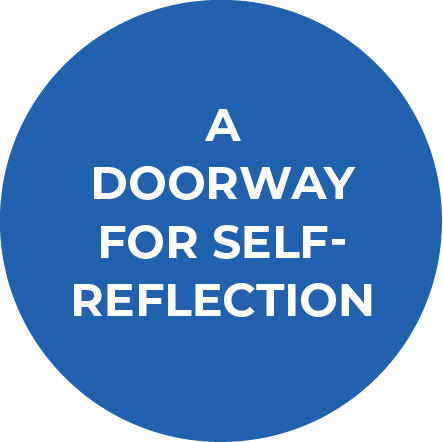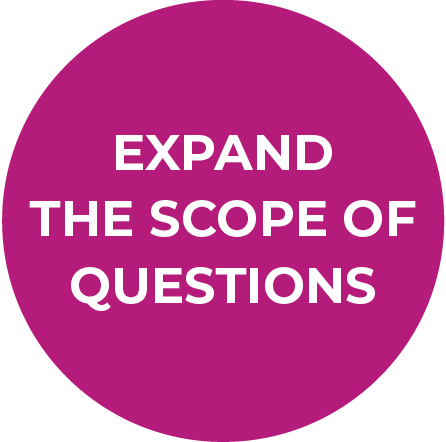Breakthroughs: An Insight into Essential Questions

Nicholas Amick is the 2021-2022 Allegany County Teacher of the Year. He teaches English language arts to ninth graders, coordinates his high school’s yearbook and student government program, and somehow has 80% of his bed taken up by an anxious 18 lb. Pekingese pup.
The term “essential question” can elicit more groans than you can shake a stick at in a room full of educators. In addition to the daily purposes and standards, many educators view this required lesson feature as essentially, pun intended, a pain in the backside. Is this really the case? Are essential questions truly, well…essential? When used purposefully and extended throughout a series of interwoven lessons or even an entire unit, an essential question becomes much more than something that your supervisor demanded—it becomes a doorway for student self-reflection and examination of the world around them.

What’s in a Question?
Forming an appropriate and powerful essential question is the first step. If conveying to a student that this question is “essential,” then it should require higher-level thinking and reflection. An essential question is not text-specific nor is it answerable with a simple “yes” or “no” response.
Consider the following commentary about the literary classic and persistent tale of terror, The Most Dangerous Game. For those unfamiliar, the book tells the tale of renowned hunter Sanger Rainsford who finds himself shipwrecked on a mysterious island. Rainsford comes to learn that the eccentric General Zaroff inhabits this island, a man who hunts humans for sport. Throughout the course of the text, Rainsford uses his superior survival skills and innate grit to survive the horrors that Zaroff places before him. While much discussion on the text surrounds the manner of Rainsford’s survival (“Which methodology does Rainsford employ to overcome the evils of General Zaroff?”), a careful eye can view this text at its core as entry into a broader discussion on the particulars of human survival.
In this situation, an effective essential question could read: “How does one survive a given crisis?” Simple? Yes. Broad enough to elicit endless avenues of critical thinking? Absolutely.
By expanding the question beyond the scope of the pages of one specific text, we can pave roadways to deeper thinking and analysis that is more meaningful for our learners.

Taking It Further
Sure, analysis of an essential question could end when the text ends. However, just like a Netflix series that we binge for multiple seasons—my current vice is Stranger Things—deeper understanding, consideration, and care comes from extended exposure to concepts and ideas. To truly engage students in the critical thinking involved with a good essential question, it is crucial to expand the consideration into several texts and lessons.
Consider identifying multiple texts that can allow students to keep the question under their microscopes. For instance, the question of how one survives a crisis could be expanded to other texts that do not involve running across an island trying to escape a sociopath with a hunting rifle. How about a text involving an emotional crisis? A mental crisis? By expanding the scope beyond the initial understanding of the essential questions and directing students to analyze how these texts speak to the question at hand, we can allow students to develop a fuller understanding and conceptualization of the issue.
Summing It Up
It is undeniable that exposure to an essential question one or two times is essentially worthless. With continual reflection and repeated consideration of the question, it transcends the worthless and becomes something much more worthwhile.

